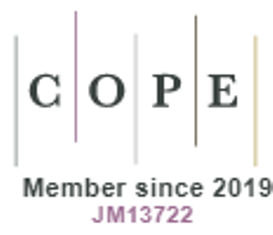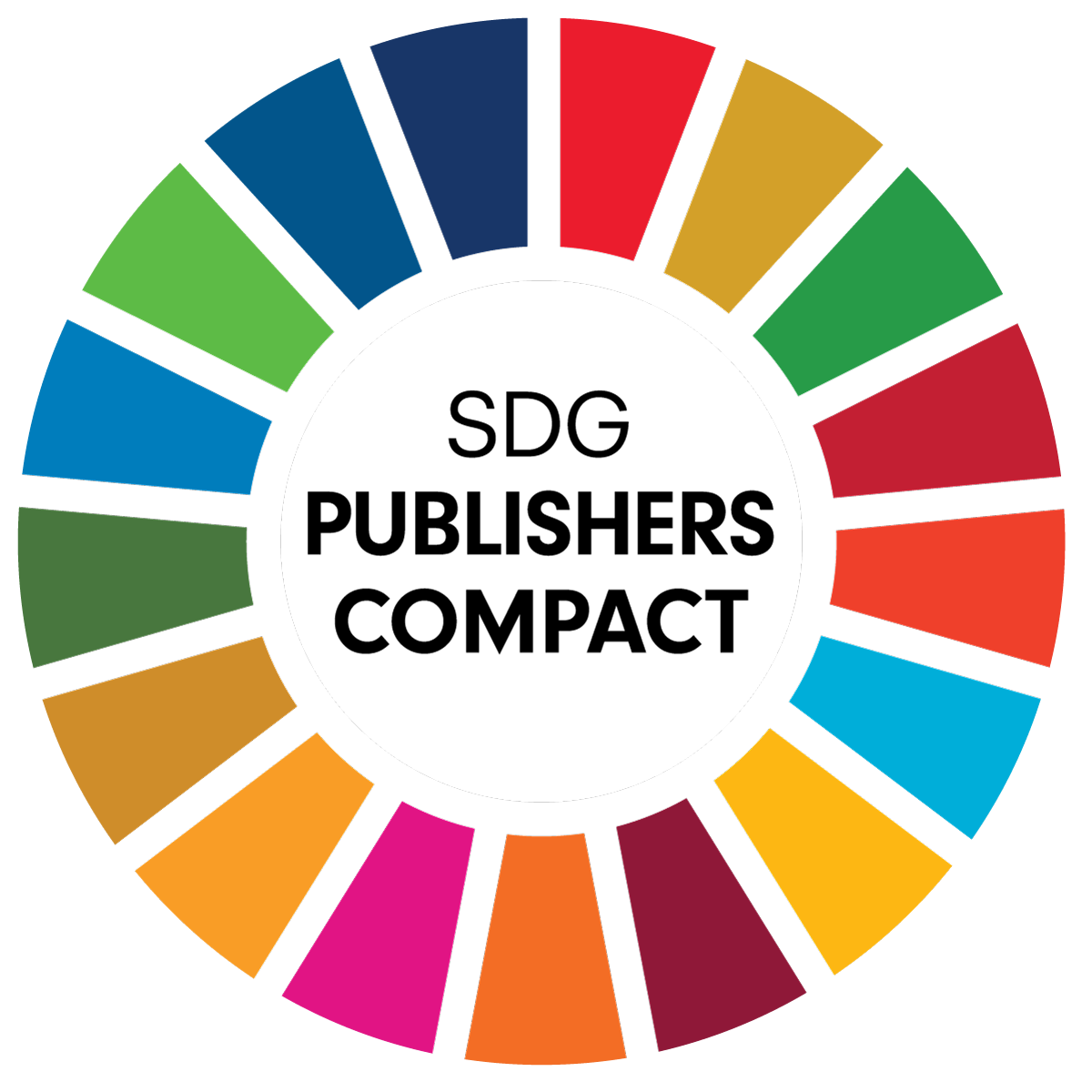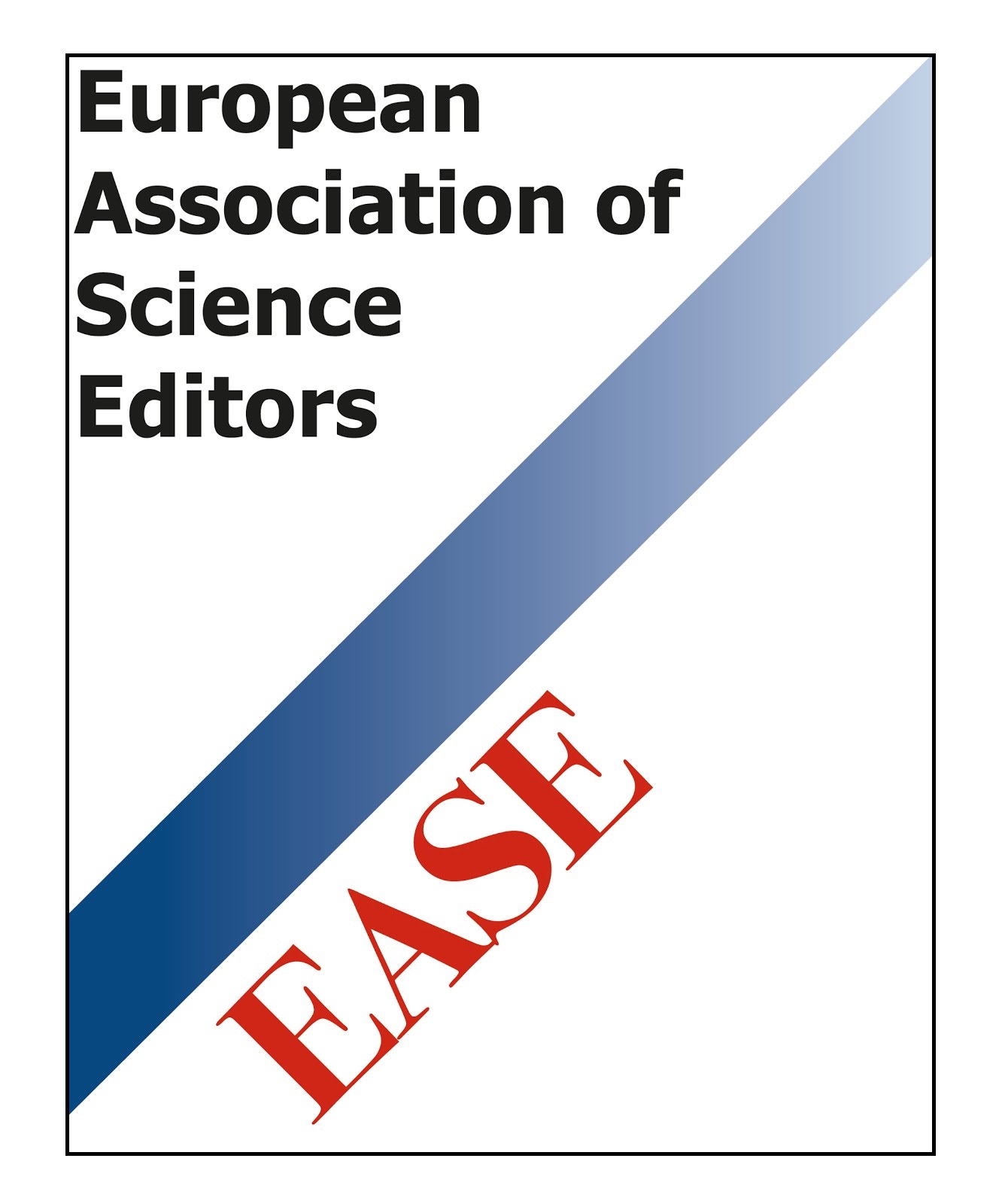EDXRF Analysis of Some Fungal Species for the Uptake Capacity of 28Ni, 48Cd, and 82Pb Metal Ions From Aqueous Solution
DOI:
https://doi.org/10.15415/jnp.2016.32023Keywords:
EDXRF, bioaccumulation, biosorption, detection limit, waste water, industrial effluentsAbstract
In this paper, Energy Dispersive X-ray Fluorescence (EDXRF) analysis of eight fungi species, namely, Aspergillus niger, Aspergillus terreus, Trichoderma longibrachiatum, Trichoderma fasciculatum, Penicillin Janthinellum, Aspergillus awamori, Phanerochaete chrysosporium, and Rhizopus arrhizus for the uptake capacity of 28Ni, 48Cd, and 82Pb metals ions from aqueous solution have been reported. Fungal samples having superior ion removal capacity through bioaccumulation and biosorption were obtained from sites contaminated with heavy metals. The detection limit in EDXRF set up was improved considerably using selective absorbers in the path of incident photons from the X-ray tube to reduce the background in the desired energy region. It has been observed that all fungi species under present study have greater affinity for 82Pb ions as compared to 28Ni and 48Cd metal ions. The Trichoderma longibrachiatum and Trichoderma fasciculatum fungi species were identified to be more efficient for removal of heavy metal ions from waste water. The measured uptake capacity of Trichoderma longibrachiatumfor 28Ni, 48Cd, and 82Pb ions from aqueous solution is 0.52 mg/g, 0.97 mg/g, and 6.4 mg/g, respectively, and for Trichoderma fasciculatum it is 0.43 mg/g, 0.79 mg/g, and 3.5 mg/g, respectively. This indicated the potential of these identified fungi species as biosorbent for removal of high metal ions from waste water and industrial effluents.
Downloads
References
A.A. Markowicz, Handbook of X-ray Spectrometry, edited by R.E. Van Grieken and A.A. Markowicz, Vol. 14 (2002) p. 53, Marcel Dekker Inc., New York.
A.B. Norberg and H. Persson, Biotech. Bioeng. 26 (1984) 239. http://dx.doi.org/10.1002/bit.260260311
A. Ozer and D.Ozer, J. Hazardous Materials, 100 (2003) 219. http://dx.doi.org/10.1016/S0304-3894(03)00109-2
B.S. Wilhelmi and J.R. Duncan, Biotechnol. Lett. 17 (1995) 1007; Biotechnol. Lett. 18 (1996) 531.
B. Voleskey and Z.R. Holan, Biotechnol. Prog. 11 (1995) 235. http://dx.doi.org/10.1021/bp00033a001
C.F. Forster and D.A.J. Wase, Eds. (1987). Environmental Biotechnology. Ellis Horwood, Chichester, U.K.
D.W. Darnall et al., Env. Sci. Technol. 20 (1986) 206. http://dx.doi.org/10.1021/es00144a018
F. Folkmann, G. Gaarde, T. Huus, and K. Kemp. Nucl. Instr. and Meth. B 116 (1974) 487. http://dx.doi.org/10.1016/0029-554X(74)90831-3
G.M.B. Marcazzan, X-Ray Spectrom. 27 (1998) 247. http://dx.doi.org/10.1002/(SICI)1097-4539(199807/08)27:4<247::AIDXRS294>3.0.CO;2-5
I.S. Ross and C.C. Townsley, Immobilization of ions by Biosorption. H. Eccles and S. Hunt, Eds., Ellis Horwood, Chichester, U.K. (1986) 49.
J. D. Garcia, R. J. Fortner, and T.M. Kavanagh, Rev. Mod. Phys. 45 (1973) 111. http://dx.doi.org/10.1103/RevModPhys.45.111
M. Galan et al., Science 219 (1982) 285 http://dx.doi.org/10.1126/science.219.4582.285
M.N. Akhtar and G. Venkateswerlu, Edited by R. Sankaran and K.S. Manja, Defence Food Research Laboratory, Mysore, (1994) 227.
P.M. Pandian, R. Mercy, and K.S. Kumari, proceedings 46th Annual Conference held at Department of Microbiology, Osmania University, Hyderabad (2005) 217.
R. Jenkins, R.W. Gould, and D. Gedcke, Quantitative X-ray Spectrometry, Marcel Dekker Inc. (1981).
R.M. Weiner, Trends Biotechnol. 15 (1997) 390. http://dx.doi.org/10.1016/S0167-7799(97)01099-8
S.A.E. Johansson, J.L. Campbell, and K.G. Malmqvist, Particle-Induced X-ray Emission Spectrometry, John Wiley and Sons (1995).
S.A.E. Johansson and J.L. Campbell, PIXE: A novel technique for elemental analysis Wiley, Chichester (1988).
S.A.E. Johansson and T.B. Johansson, Nucl. Instr. and Meth. 137 (1976) 473. http://dx.doi.org/10.1016/0029-554X(76)90470-5
S.K. Verma, and V. Ravinder, proceedings 41st Annual Conference held at Birla Institute of Scientific Research, Jaipur, India (2001) 191.
S. Kumar et al. Nucl. Instr. and Meth. B 268 (2010) 231. http://dx.doi.org/10.1016/j.nimb.2010.04.022
S.P. Kuhn and R.M. Pfister, J. Ind. Microbiol, 6 (1990) 123. http://dx.doi.org/10.1007/BF01576431
S.S. Ahluwalia and D. Goyal, proceedings 46th Annual Conference held at Department of Microbiology, Osmania University, Hyderabad, (2005) 223; Indian Journal of Microbiology, 43 (2003) 237.
T.A. Cahill, Nucl. Instr. and Meth. B 109/110 (1996) 402. http://dx.doi.org/10.1016/0168-583X(95)00965-5
T.B. Johansson, R. Akselsson, and S.A.E. Johansson, Nucl. Instr. and Meth. 84 (1970) 141. http://dx.doi.org/10.1016/0029-554X(70)90751-2
T.C. Crusberg and S.S. Mark, Heavy metal remediation of waste water by microbial biotraps. J.J. Valdes (Ed.), Bioremediation, Kluwer Academic Publishers, Dordrecht (2000) 139.
V. Ahuja, P.K. Vohra, D.R. Kashyap, and R. Tewari, Ind. J. Microbiology 41 (2001) 275.
Downloads
Published
How to Cite
Issue
Section
License
View Legal Code of the above-mentioned license, https://creativecommons.org/licenses/by/4.0/legalcode
View Licence Deed here https://creativecommons.org/licenses/by/4.0/
| Journal of Nuclear Physics, Material Sciences, Radiation and Applications by Chitkara University Publications is licensed under a Creative Commons Attribution 4.0 International License. Based on a work at https://jnp.chitkara.edu.in/ |














